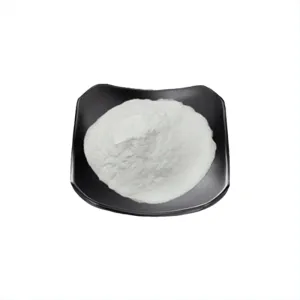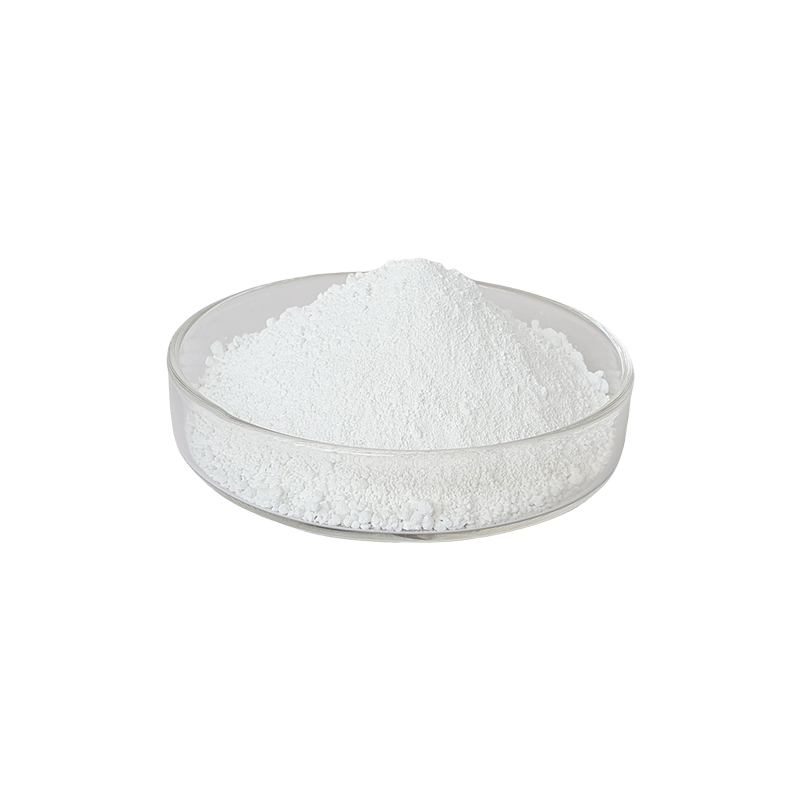5,036
November 4, 2024, 8:34 AM
On November 1, it was reported that Thailand's rubber production in 2024 is expected to experience a slight decline. According to the latest forecast, production will decrease by 0.44% to 4.79 million tons, while the revised production in 2023 will be 4.81 million tons. In terms of regional distribution, rubber production in various regions in Thailand shows a differentiated trend. Specifically, rubber production in the northern region is expected to increase by 2.89% to 290,000 tons; the northeastern region will also achieve a growth of 2.43%, with a total output expected to be 1.402 million tons. In contrast, production in the central and southern regions will fall by 0.49% and 2.2% respectively to 391,000 tons and 2.706 million tons.
The data further shows that Thailand's rubber harvested area will decrease slightly throughout the year, and is expected to drop by 0.1% to 22.47 million rai, compared with the revised harvested area in 2023 of 22.49 million rai. Among the regions, harvested area in the northern and northeastern regions increased by 1.59% and 1.01% respectively to 1.44 million lei and 6.11 million lei; in the central and southern regions, it decreased by 1.64% and 0.54% respectively to 2.16 million lei and 12.77 million lei.
It is worth noting that although the overall harvested area has decreased slightly, Thailand's rubber yield per mu shows different trends. The annual yield per mu is expected to drop from 214 kg/lei to 213 kg/lei. However, the yield per mu in the northern, northeastern and central regions increased, increasing to 202 kg/lai, 230 kg/lai and 181 kg/lai respectively. Only the yield per mu in the southern region dropped to 212 kg/lai.
According to the Carbon Black Industry Network, the main reasons for the decrease in Thailand's rubber production in 2024 include farmers in the central and southern regions cutting down old rubber trees and planting more economical crops such as fruit trees and oil palms. In addition, since 2023, affected by the El Niño phenomenon, Thailand has continued to experience drought and high temperature weather, which not only affects the output of latex, but also exacerbates the spread of leaf blight, further having a negative impact on rubber production.














